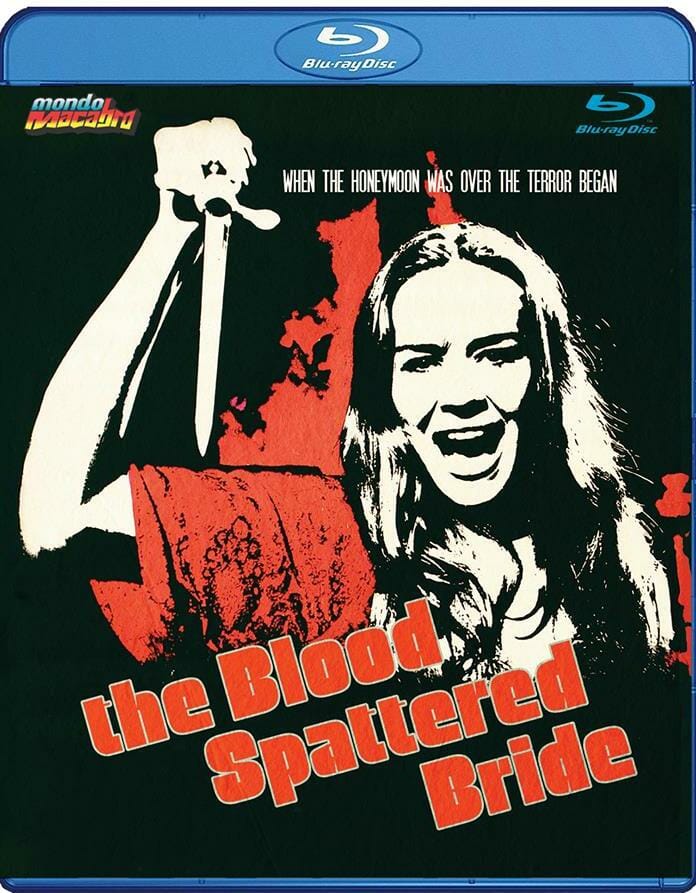Ah, Giallo. Ever wonder what the first Giallo film was? Well, you must look no further. Mario Bava's Blood and Black Lace holds that title. It has all of the elements that made the genre what it is: a whodunit featuring a masked killer in a black trench coat killing women in gruesomely creative ways. Throw in sexuality, a few red herrings to throw the viewers off from the killer's identity and a very vivid and colorful atmosphere and you've got the Giallo. All of that is here and began here. I heard of this film listed many times when I first began watching Giallo films, and of course I've known of Bava for many years through my decade long search for Twitch of the Death Nerve. Anyway, I figured It would be a disservice to myself to not watch this. It has also been called the originator of the body count slasher films made popular in the 80s with Friday the 13th and a million imitators.
Blood and Black Lace takes place at a house for fashion models. After one of the models is murdered, the police begin investigating everyone at the house and those involved with the girls at the house. A diary belonging to the victim is found and then stolen by one of the other girls to cover up something she wants hidden in the diary. Before this information is released, she too is murdered but not before burning the diary. Soon after, each of the girls starts showing up murdered one by one.
This classic film is full of excitement, gore and fantastic camerawork. The bright colors used to accent certain objects or parts of a shot are brilliant, pre-dating and I'm sure influencing the master of the Giallo, Dario Argento. Also, I have never seen a film look so three dimensional as this film, without actually being in 3D. Bava's expertise in somehow filming scenes in layers without blurriness or close ups is absolutely amazing to watch. The film, especially considering its age, is surprisingly brutal and has some grisly deaths, including drowning, burning and some sort of claw thingy. Though not nearly as gory as today's horror films, the violent nature of the killer is almost unmatched. The way the victims are so brutally murdered is quite frightening, even earning one of the scenes a place on Bravo TV's 100 Scariest Movie Moments list. Though all of these elements together make for a wonderful film, the only problem I really had was just how dated it was and how many later films (again mostly by Dario Argento) take the blueprint of this film and take it a step further. I have argued before that just because a film is the first to do something, it doesn't mean that another film can't come along and improve upon it. Still, I would definitely recommend Blood and Black Lace for fans of horror, Giallo and slasher films to see where many films got their inspiration.
RATING: 4/5

